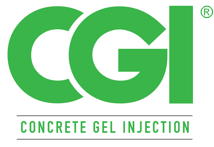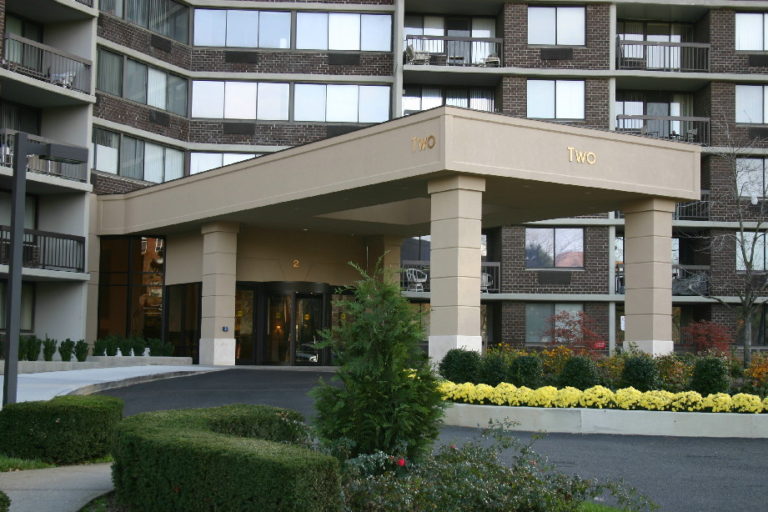Address: Gerard Towers, 70-25 Yellowstone Boulevard, Forest Hills, NY
Building Type: Residential
Substrate: Concrete
Client: Gerard Owners Corp. + Gerard J. Picaso Management
Technical Consultant: Howard L. Zimmerman Architects, PC
Below grade water intrusion had invaded this parking garage for many years. The rainwater was entering below the swimming pool area pavers, particularly through the skimmers, and down through the structural ceiling slab of the cellar level parking garage.
Water leakage was also evident through many other ceiling locations below the garden plaza above. In addition, water intrusion was taking place through the south foundation walls of the cellar and sub-cellar levels, from below the sidewalk and street. As a result, there was substantial concrete degradation and steel reinforcement corrosion in the structural ceiling slab and the foundation walls of both levels.
Performing the waterproofing conventionally would require the removal of the pavers around the swimming pool and the removal of the plaza level planters and concrete walkway. In this fashion, the replacement of the waterproofing membrane below (on top of the structural slab), could be performed. Also, the sidewalk would need to be excavated to at least approximately 15 ft. below grade to adhere the waterproofing membrane to the exterior side of the south foundation wall. All of this aforementioned extensive repair work would involve a very disruptive and costly undertaking.
Our crew incorporated the CGI waterproofing along with steel reinforcement reconditioning, concrete patching of the ceiling slab and foundation walls, and breathable coating applications, at many of the interior designated locations throughout the entire garage. With proper coordination and scheduling with the parking garage management, the work was completed in a timely fashion, and the Parking Garage was restored to a water tight, structurally sound, and aesthetically pleasing condition. The cost for this interior injection waterproofing and concrete restoration work, was a fraction of what the conventional restoration would have cost.



